


|
1714
1715 |
The German scientist Gabriel Daniel Fahrenheit constructs the first
mercury thermometer and goes on to devise a new scale -
The "Fifteen Rebellion" a Jacobite rising starting in Scotland to support James Edward, son of James II, is defeated at Preston, and "James III", arriving after the battle, returns to France in the New Year.
The German composer George Frederic Handel, who settled in England in 1712, performs his Water Music for the King. His choral work, the Messiah was performed in 1742 (G2). |
|
1717 |
The Dzungars (Mongels)
invade Tibet and capture Lhasa. The Chinese emperor K'ang-
The French painter Antoine Watteau
completes his Embarkation for Cythera,
a charming, make-
|
|
1718
1719 |
Robinson Crusoe is published by the English writer Daniel Defoe. Though based on the experience of Alexander Selkirk, it is seen as a pioneer work in the history of the novel.
|
|
1720 |
In London, a company trading with the Spanish colonies in South America, collapses. The bursting of the "South Sea Bubble" results in financial ruin for thousands of investors.
|
|
1721 |
The Treaty
of Nystadt confirms the decline of Sweden as a great power
-
Robert Walpole is re-
The German composer Johann Sebastian Bach, one of Europe’s most skilful musicians, completes his Brandenburg Concertos. A brilliant organist, he writes a vast variety of music, much of it for Church services. |
|
1722 |
The French scientist René Antoine Réaumur improves methods of steel production. He also devises a thermometric scale and, later, publishes a major study on the history of insects.
An Afghan army invades Iran and captures the capital Esfahan. Sultan Husayn I is overthrown and the Safavid dynasty, dating from 1499 (H7) comes to an end. In the meantime both Russia and Ottoman Turkey invade the country.
|
|
1724 |
Rebellions in India and the Middle East begin the collapse of the great Mughal Empire, founded in 1526. Apart from two or three provincial states, it breaks up into petty kingdoms.
|
|
1725
1726 |
Peter the Great dies. His widow, Catherine, becomes Catherine I of Russia and there follows a period of instability until the reign of Empress Elizabeth, beginning in 1741.
Gulliver’s Travels,
a powerful satirical work by the Anglo-
Another Spanish attempt to recapture
Gibraltar fails. As we shall see, the last and most promising
attack on the fortress is made by a Franco-
|
|
1727 |
George I dies in June while on one of his many journeys to Hanover. His son, whom he disliked intensely and frequently tried to disown, succeeds him as George II. |
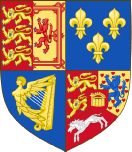






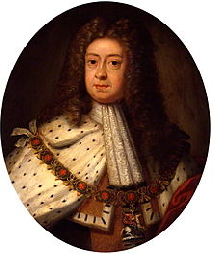
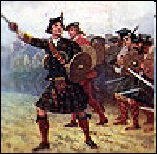 xxxx
xxxx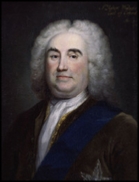 king’s
mistress, the Duchess of Kendal.
king’s
mistress, the Duchess of Kendal.
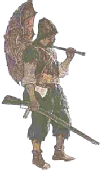 Following
Following
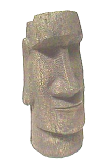 The
Dutch explorer
The
Dutch explorer 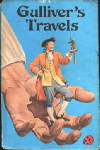 The
Italian musician
The
Italian musician 